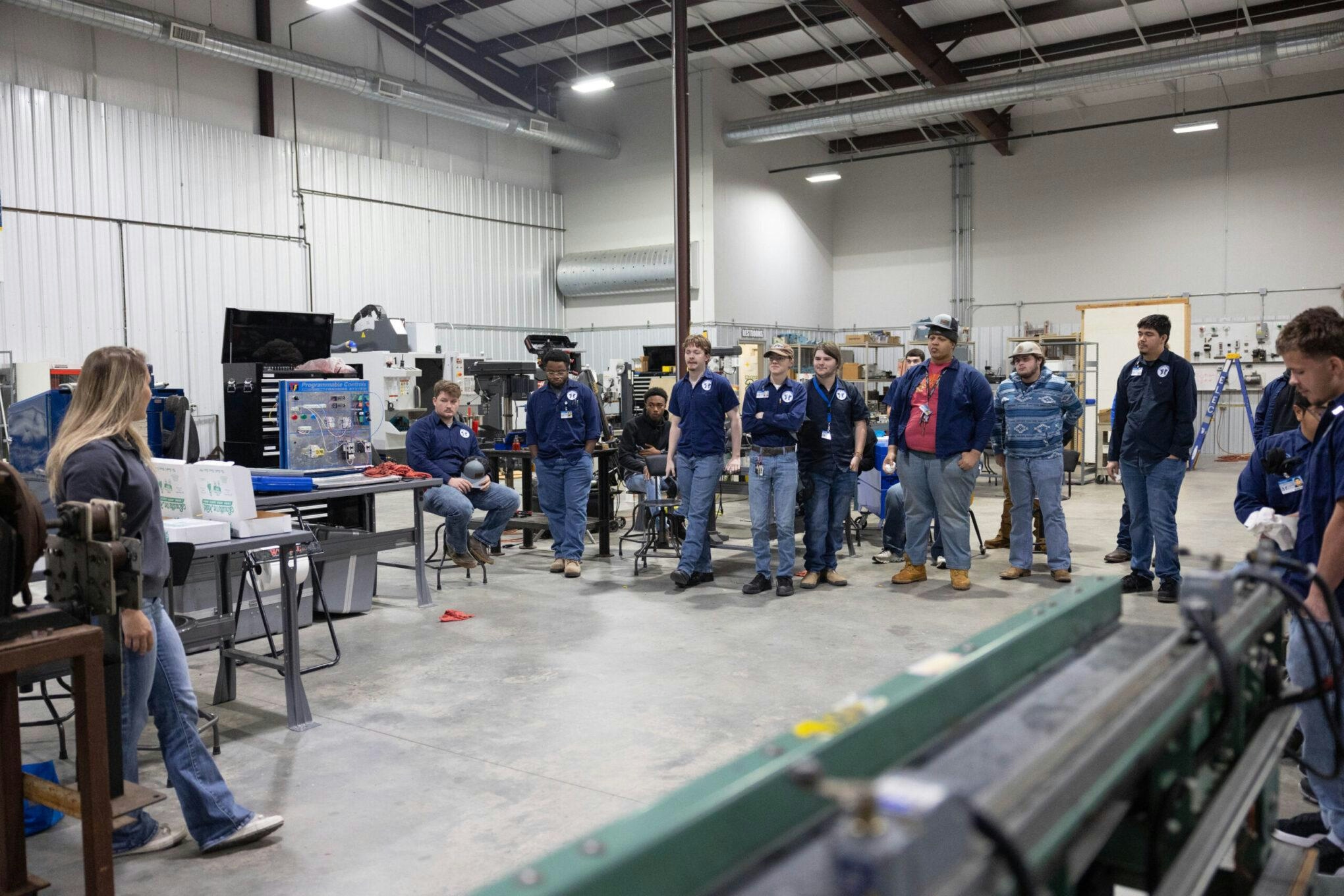
AeroGenie - مساعد الطيار الذكي الخاص بك.
الرائج الآن
Categories
Airbus Reports 3% Revenue Growth to €29.6 Billion in First Half of 2025
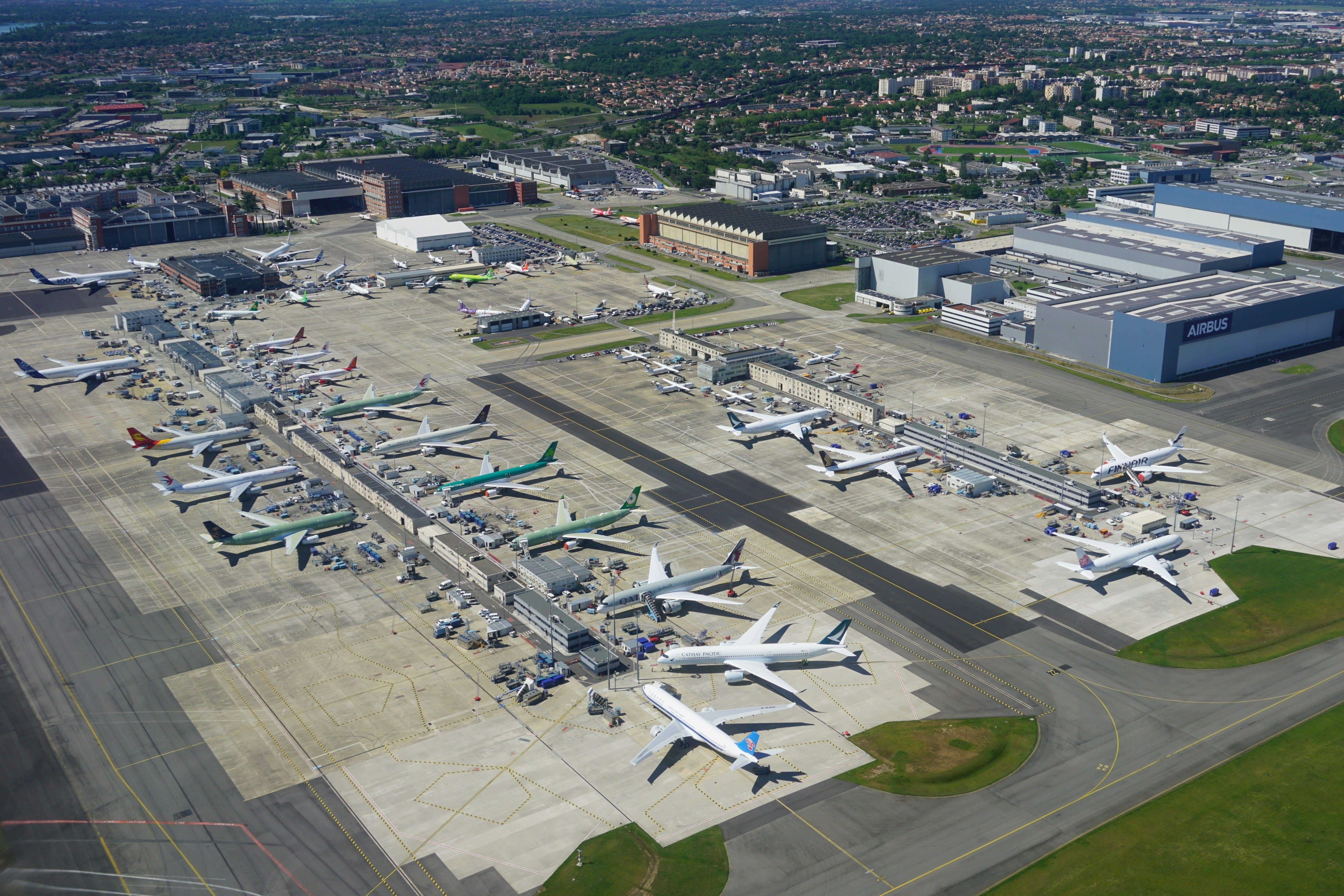
Airbus Reports 3% Revenue Growth to €29.6 Billion in First Half of 2025
Airbus has announced a 3% increase in revenue for the first half of 2025, reaching €29.6 billion. This growth reflects the company’s ability to navigate a challenging market environment marked by persistent supply chain disruptions and evolving industry dynamics. Despite ongoing delivery delays affecting the broader aerospace sector, Airbus’s stronger-than-anticipated second-quarter profit has reinforced investor confidence and enabled the company to uphold its full-year financial forecasts.
Market Dynamics and Competitive Landscape
The delivery delays have compelled airlines to extend the operational life of older aircraft, driving a notable rise in demand for aftermarket maintenance services. This trend is mirrored in the recent upward revision of GE Aerospace’s 2025 profit outlook, highlighting the growing significance of the maintenance segment within the industry. Airbus faces intensified competition, particularly from Leonardo, which has gained momentum in its aviation division and is advancing a unified airplane strategy aimed at expanding its market share.
In response, Airbus is progressing with its planned acquisition of assets from Spirit AeroSystems. This strategic move is anticipated to enhance Airbus’s supply chain resilience and production capabilities, positioning the company to better meet future demand. Industry analysts emphasize that while the aftermarket segment offers a valuable revenue opportunity, it also underscores the challenges Airbus faces in accelerating new aircraft deliveries to satisfy airline requirements.
Strategic Initiatives and Future Outlook
Airbus’s financial performance and strategic initiatives have been positively received by the market, underscoring the company’s operational efficiency and commitment to innovation. These elements remain central to Airbus’s growth strategy as it contends with broader industry challenges, including supply chain constraints and shifting customer expectations.
Looking forward, Airbus will closely monitor competitive developments and market conditions. The successful integration of the Spirit AeroSystems acquisition and the company’s approach to managing the increasing demand for maintenance services are expected to be pivotal factors influencing its performance throughout the remainder of 2025.
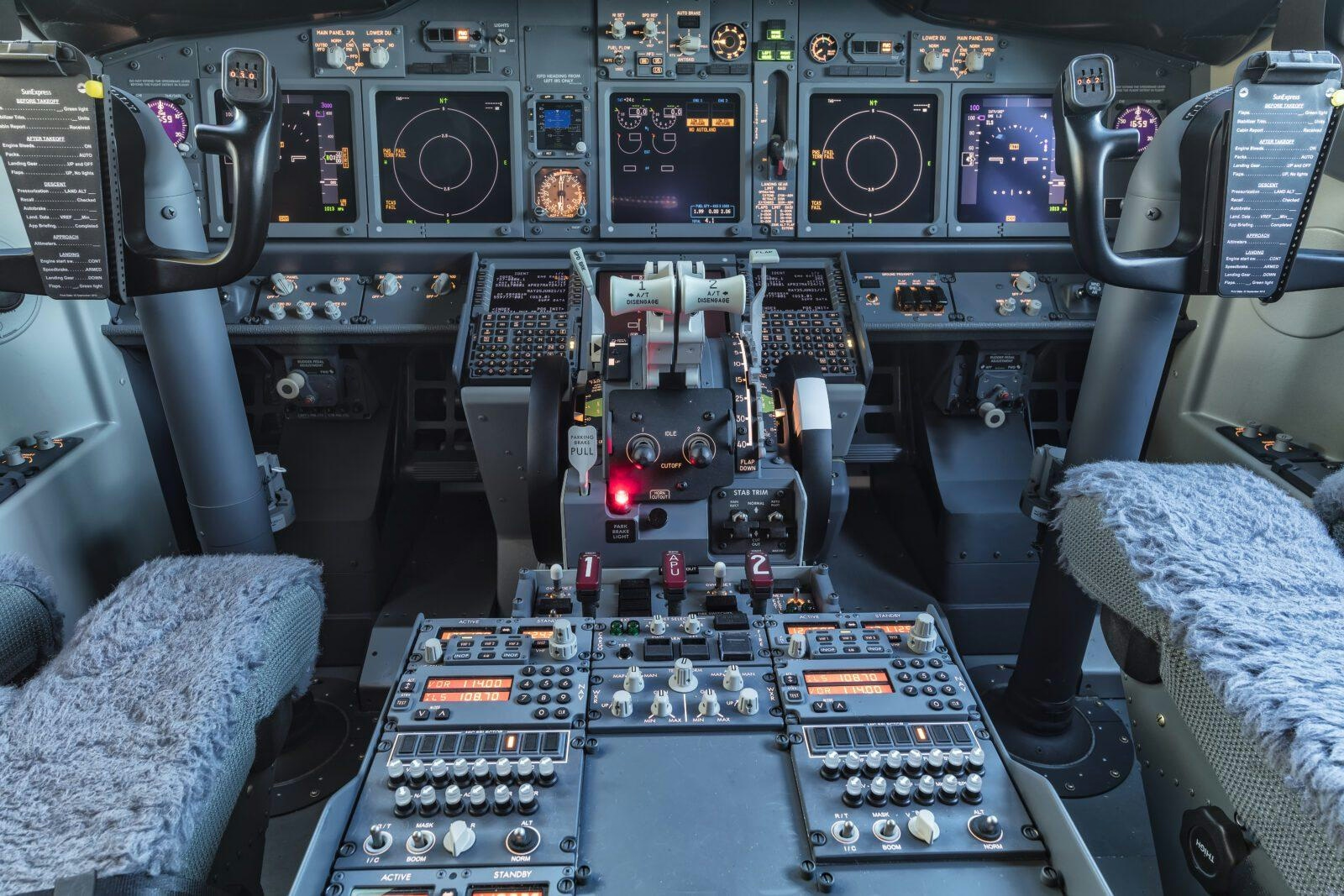
Investigators Examine Theory That Cockpit Sun Visor Caused Boeing 737 Engine Shutdown After Takeoff

Comparing the Fuselage Lengths of the Airbus A350-1000 and Boeing 787-10
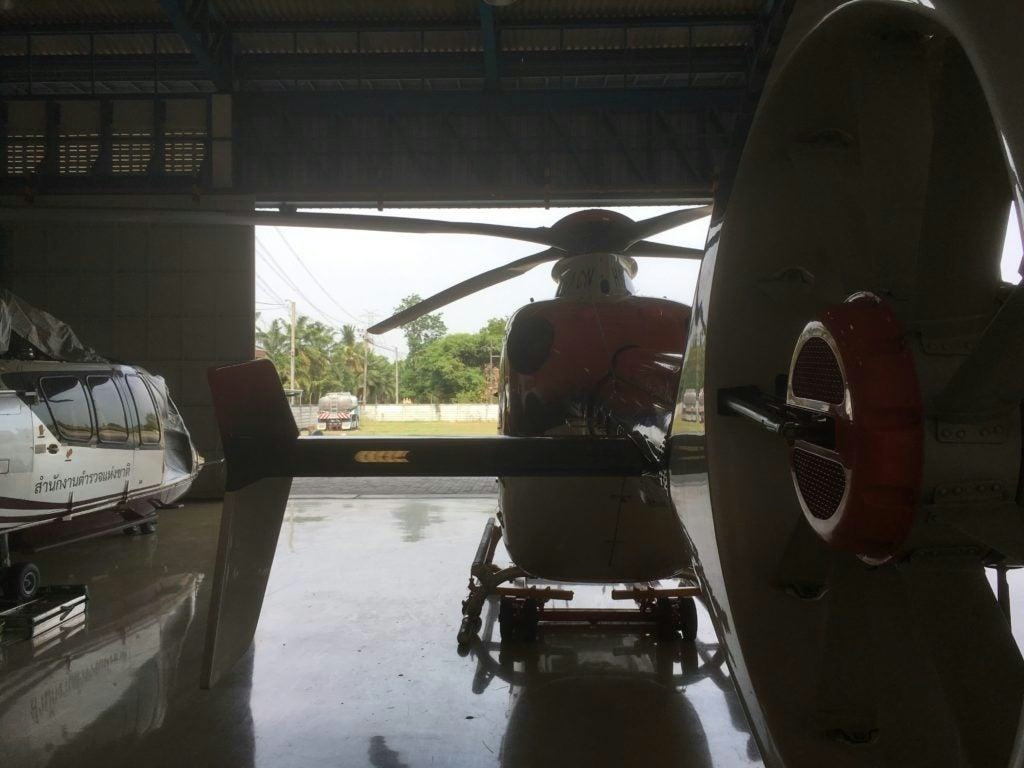
Thailand Establishes U-Tapao Aircraft MRO Center Contract for January 2026
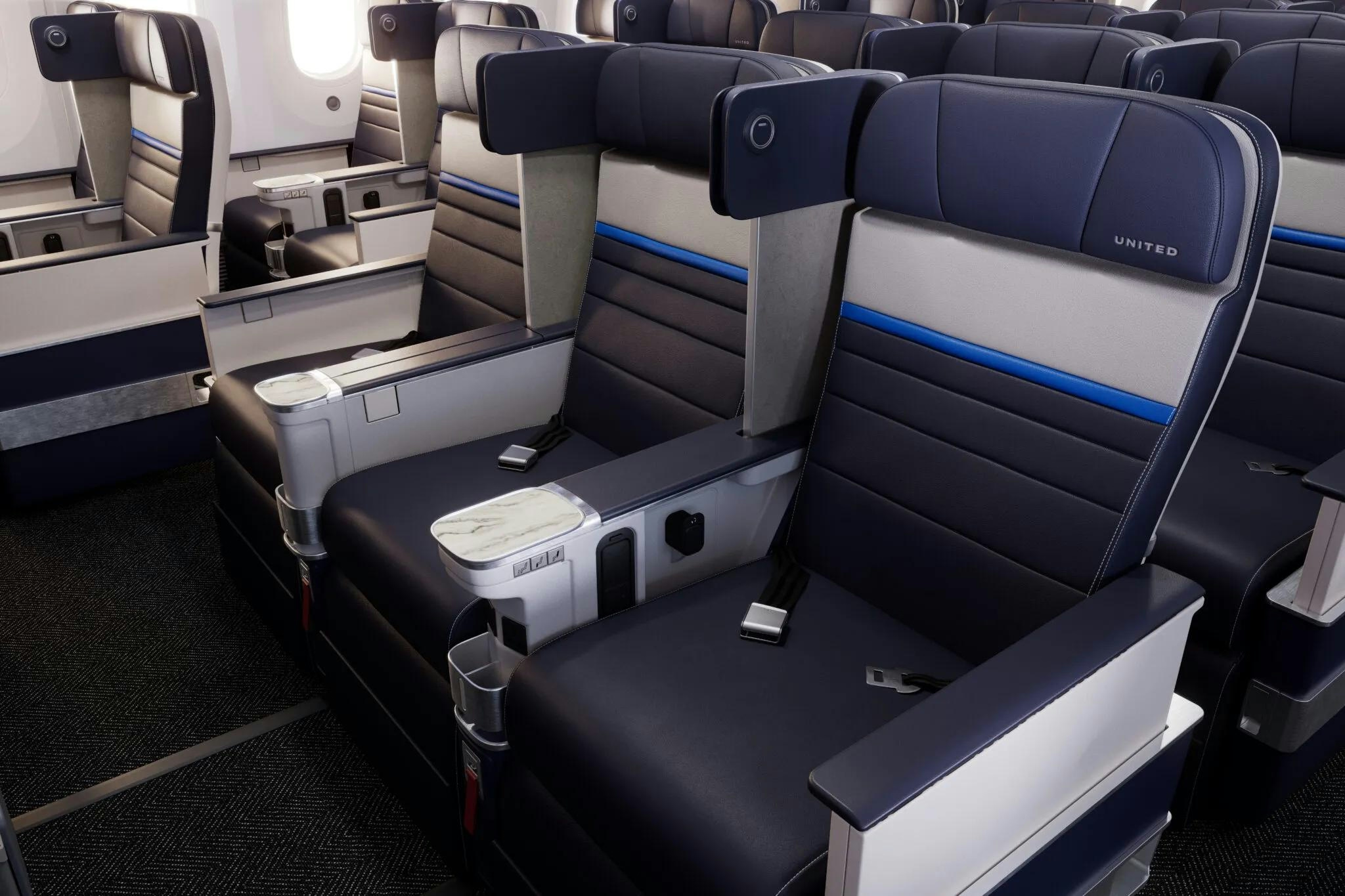
United Airlines Announces Routes for New Premium Boeing 787s
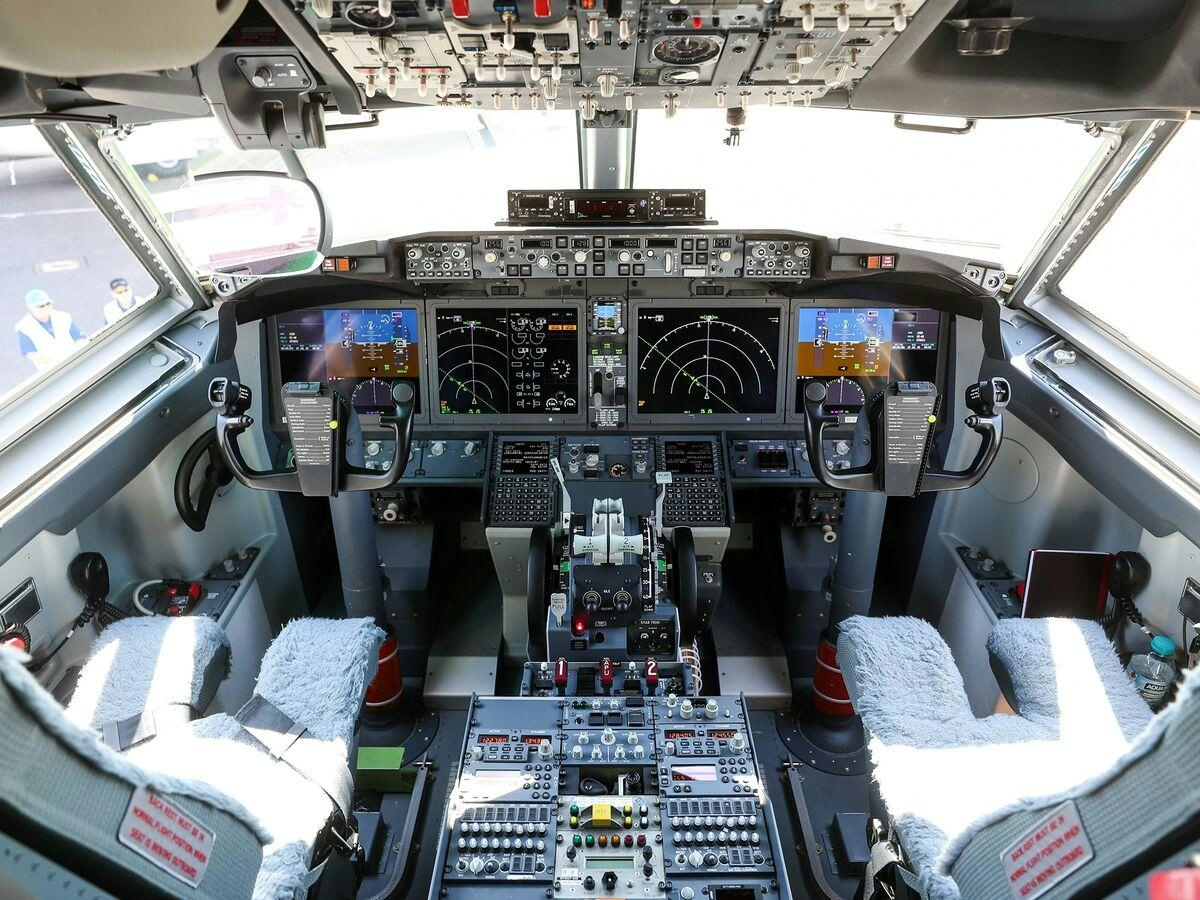
Boeing Introduces Remote Co-Pilot Technology
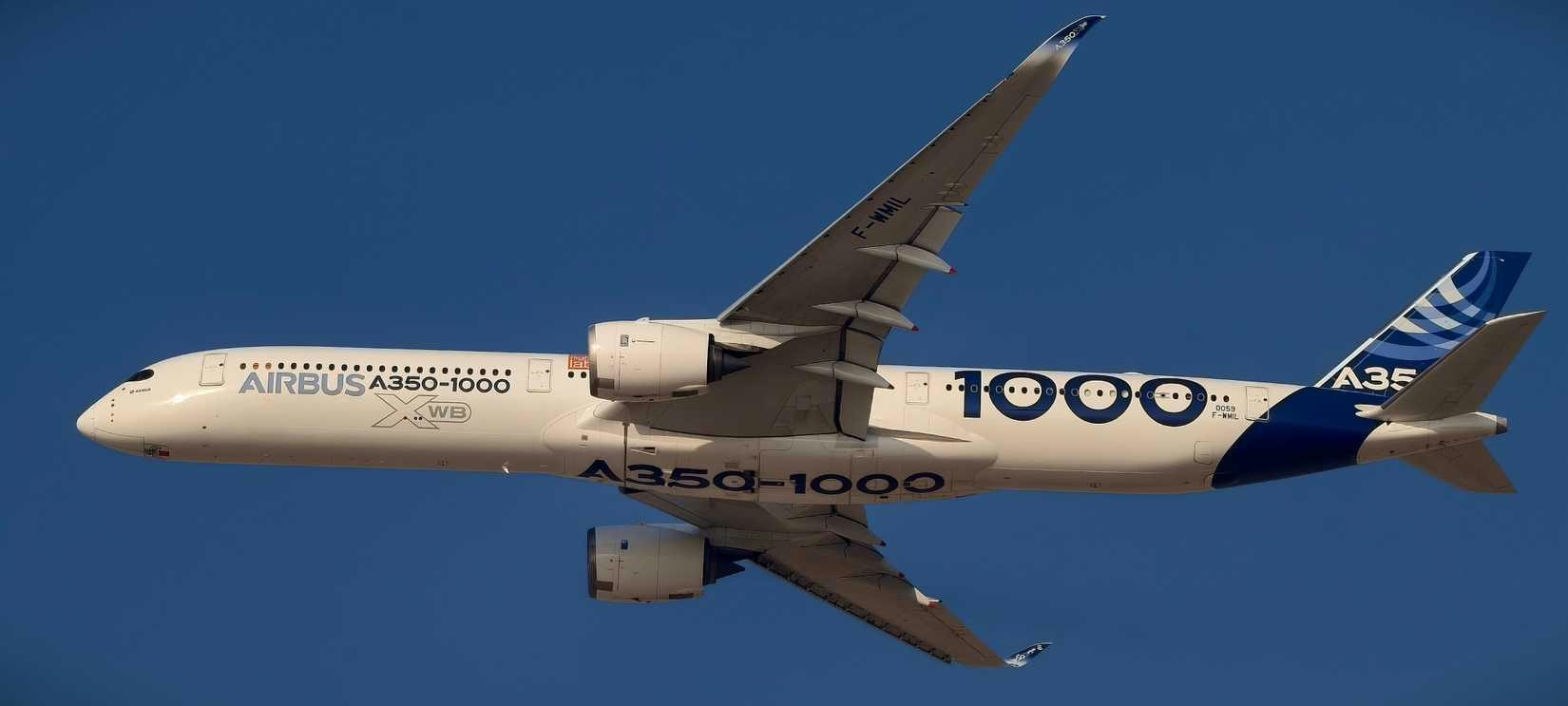
The Airbus A350-1000’s Fuel Efficiency Advantage Explained

McNally Capital Expands Aviation Operations to Support Global Tourism

Two Young Climbers Begin Winter Ascent of McKinley

Elroy Air’s Autonomous Chaparral Delivers Lunch on A-to-B Flight
